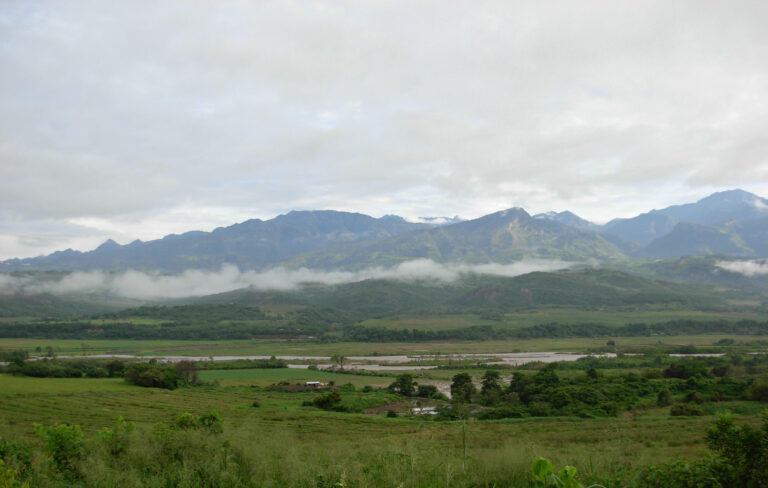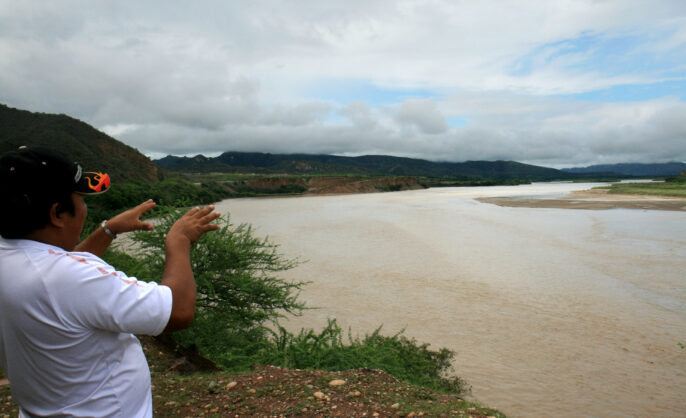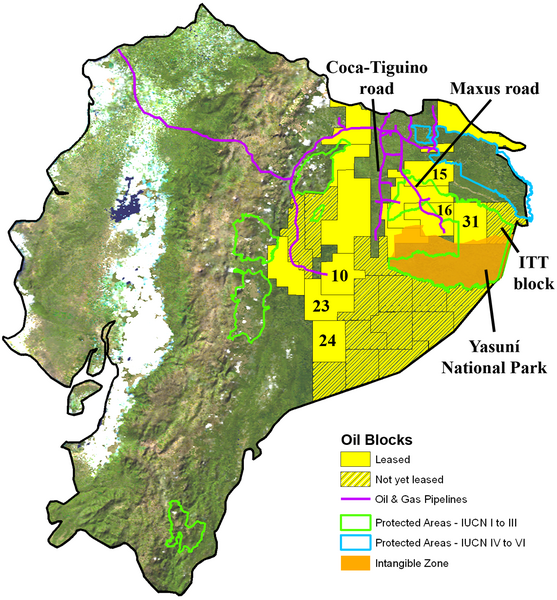Southern California Gas Co.’s effort to plug its leaking natural gas well involves higher stakes than simply stopping the fumes that have sickened many residents of Porter Ranch.
The company also is trying to avoid a blowout, which state regulators said is now a significant concern after a seventh attempt to plug the well created more precarious conditions at the site.
If a blowout occurs, highly flammable gas would vent directly up through the well, known as SS25, rather than dissipating as it does now via the subsurface leak and underground channels.
State officials said a blowout would increase the amount of leaked gas, causing greater environmental damage. That natural gas also creates the risk of a massive fire if ignited by a spark. The risk of fire already is so high that cellphones and watches are banned from the site
California Department of Conservation spokesman Don Drysdale called the possibility of fire “a concern” even without a blowout. The department is the umbrella agency that oversees the oil and gas regulators responsible for well safety.
The chief deputy director of the department, Jason Marshall, and a senior oil and gas field regulator assigned to daily watch at Aliso Canyon, Scott McGurk, told The Times the site and wellhead were made more unstable by the gas company’s attempts to stop the leak by pumping a slurry directly into the well.
The last of those efforts, which stretched over several days beginning Dec. 22, expanded a crater around the wellhead, state and gas company officials said.
The crater is now 25 feet deep, 80 feet long and 30 feet wide, those officials said. The wellhead sits exposed within the cavernous space, held in place with cables attached after it wobbled during the plugging attempt, Marshall and McGurk said. The well pipe and its control valves are exposed and unsupported within that hole, atop a deep field of pressurized gas.
Southern California Gas is now attempting to stop the leak by drilling relief wells to intercept the damaged well. Workers are not expected to reach the base of the well, 1.6 miles below ground, for at least six weeks.
“If the wellhead fails, the thing is just going to be full blast,” said Gene Nelson, a physical sciences professor at Cuesta College. “It will be a horrible, horrible problem. The leak rates would go way up.”
Sempra Energy, which owns the gas company, declined repeated requests from The Times to discuss current conditions at SS25. A gas company spokeswoman said the utility “would not speculate” on those questions.
At a meeting with community representatives last week, the gas company’s senior vice president for operations, Jimmie Cho, said attempts to plug the well from above were halted “for safety concerns.”
“As much as what’s going on is not a good thing, we don’t want to take a risk of that wellhead being lost,” Cho said.
State officials agreed.
“If one pushes too hard … and breaks the well in its entirety, we, the public residents, the operator, have a much bigger problem,” Marshall said.
The gas company would not provide current photos of the site or allow media access. It did not provide a reason.
Aerial photographs obtained by The Times, taken by a pilot who slipped through no-fly zones imposed after the leak began, show the tension cables strung to hold the jeopardized well in place.
The photos, taken five days before the final plug attempt Dec. 22, show that the earth and the asphalt pad that directly surrounded the well are gone, scoured out by the backwash of mud repeatedly forced at high pressure into the leaky well in an attempt to plug it.
Statements by gas company officials and regulators, and descriptions found in internal records describe the conditions around the well. A bridge was cantilevered into place when the crater cut off access to the exposed “Christmas tree” of valves and ports that allow operators to control the well, those officials and documents show.
That wellhead is the only control operators currently have on a well that features a 2 7/8-inch pipe surrounded by a 7-inch casing. Engineering schematics show that the pipe and casing pierce an underground reservoir of gas and that both were used to insert and remove gas from the storage cavern. For all but the top 990 feet, there was no larger pipe to contain a leak if either pipe ruptured.
The two-mile long depleted oil reserve that houses the gas is the largest natural gas storage field west of the Mississippi River. Each fall it is pumped with as much as 86 billion cubic feet of natural gas to run power plants and heat homes in Los Angeles during the winter.
The gas company reported Oct. 23 that gas was escaping through small cracks in the rocky ground around well SS25, which is among 112 former oil extraction wells that have been converted for the natural gas storage operation.
In November, efforts to force heavy mud into the well resulted in blasting open a small vent in the ground from which gas could escape more readily.
By early January, state air quality regulators estimate, the leak had released more than 77 million kilograms of methane, the environmental equivalent of putting 1.9 million metric tons of carbon dioxide in the air.
Independent health impact studies are not yet complete. Mercaptan added to allow gas to be detected by smell has sickened residents more than a mile away, and Southern California Gas is paying to house more than 2,500 in temporary lodging and has installed air purifiers into the homes of a similar number who chose to stay.
Data captured by aerial surveys commissioned by the state Air Resources Board, which monitors pollution, show the amount of methane released increased over the first three weeks of November to 58,000 kilograms per hour from 44,000.
During that time, a Texas well control company was attempting to plug a suspected hole in the 7-inch well casing by pumping it with increasingly heavier slurries of mud. The mud was pushed against pressurized gas in the well, and the slurry began to find its own escape routes, gouging out a growing hole around the well, according to descriptions provided by Marshall, McGurk and by Cho.
During one of those attempts Nov. 13, a hole in the ground opened 20 feet north of the well, McGurk said last week. Gas that had seeped through diffuse rock fissures on the western side of the narrow ridge began streaming instead from the new vent, he said.
In one internal state report obtained by The Times, an agency official described that kill effort as a “blowout to surface.”
“A large column of gas, aerated mud, and rock formed a geyser around the wellhead,” the state observer wrote. “Mud brine also began to flow from around the wellhead fissures.”
McGurk said the vent allowed a “serious amount of gas” to escape, at which point the state began requiring a state regulatory official to be at the site every day.
Three more efforts to plug the well were made in November, with increasing amounts of backwash and scouring along the wellhead itself that left the well jutting out of a deep hole, without surface support, according to interviews, descriptions contained in agency records and company statements.
During that time, a pilot taking weekly readings for the state Air Resources Board noted a spike in the rate of gas being released to the air from that location.
[email protected]























